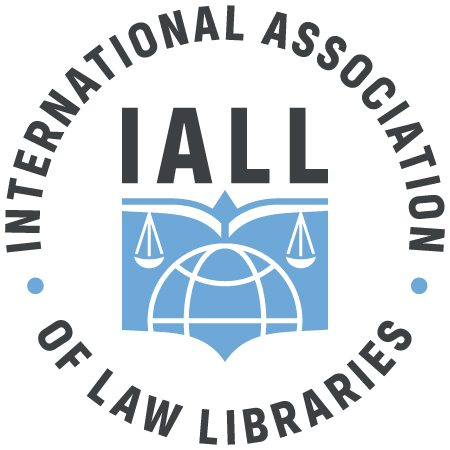This past October, the Incorporated Council of Law Reporting (ICLR) celebrated its 150th anniversary. This organisation has had an important role in the creation and development of an organised body of law reports, and has set a standard and system that has been widely followed in many other common law jurisdictions.
There are many good articles which deal with the history of the early reporters and the many reports they often single-handedly produced, now known collectively as the Nominate Reports (because they are named after the recorder who produced them). I have provided links to two articles by Professor Michael Bryan on the history of law reporting [1] and to a blog entry in which David Burrows explains the primacy of statute law [2] which is made in Parliament. Burrows also explains there that many cases revolve around the judicial interpretation of statutes.
The reason for this overview is to mention some background to the system of law reporting so familiar to common law librarians but somewhat bewildering to civil law librarians. Judgments have been recorded since the 13th century in England, and a large corpus of reports had evolved over the past six centuries. But by the early 19th century the practice of law reporting had become unwieldy, and sometimes tainted with inaccuracy. This made it difficult for judges and barristers to find either accurate or valid precedents on which to base their arguments or decisions, because there was no agreed hierarchy of the many and varied courts and the accuracy of some of the reports were questionable at best.
Any barrister could set himself up as a law reporter, and the selection of the cases reported was often personal, or with a view to recording and publishing those most likely to be purchased. Only barristers were recognised by the courts as being able to record cases, so this became a paying job for some younger barristers, and they reported all manner of judgments to earn extra income. Some commercial reporting began in the 19th century, such as the Law Journal and Law Times reports, and they had their own rules and systems.
With so many report series being published by the mid-19th century, the same case could be reported in several places – and not always consistently. In addition, the cost of subscribing to all the reports was often well beyond the means of most barristers.
The situation with the reports had deteriorated so much that a groundswell of support for reform grew. The Solicitor-General in the 1850s listened to the various critics of then current reports, most notably the Chancery barrister W.T.S. Daniel, who provided detailed arguments for reform of the law reporting system. Meetings were held with the Bar, and agreement was reached on a solution, which was to establish a Council of Law Reporting in 1865, comprised of members of the bar and some solicitors, to oversee the reporting and publication of cases.
This started to bring order. The Nominate Reports were collated and reprinted into one new series known as the English Reports. Now a practicing barrister or solicitor could easily own the collected case reports from the 13th through to the 19th century.
The Council insisted that decisions that were reported needed to raise important or novel questions of legal principle. These reports of the judge’s reasons for judgment were first reported in the Weekly Law Reports, so that solicitors throughout the country could keep up with new cases in a regular and timely way. Later, judges would select the most notable of these cases and pass them for inclusion in The Law Reports – or the Rainbow Series as they are sometimes called because the colour of the binding is different for each separate division of the High Court. (AC are tan, KB/QB are green, Ch are red and Fam are blue). The hierarchy of the courts was established by the Judicature Acts in the 1870s. An overview of the changes brought by these Acts can be found in this Wikipedia entry.
This brief piece may whet your appetite to find out more about the common law and its role in the world at the 35th IALL Annual Meeting in Oxford in 2016!
Ruth Bird
[1] Bryan, Michael: Early English Law reporting (2009) & Modern History of Law Reporting (2012)
[2] Burrows, David: Common law and statute law: the hierarchy of law-making, https://dbfamilylaw.wordpress.com/ October 2015.
